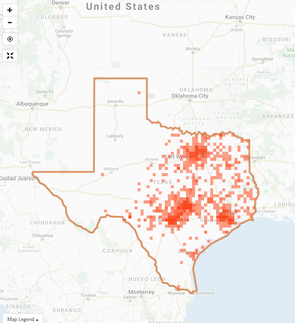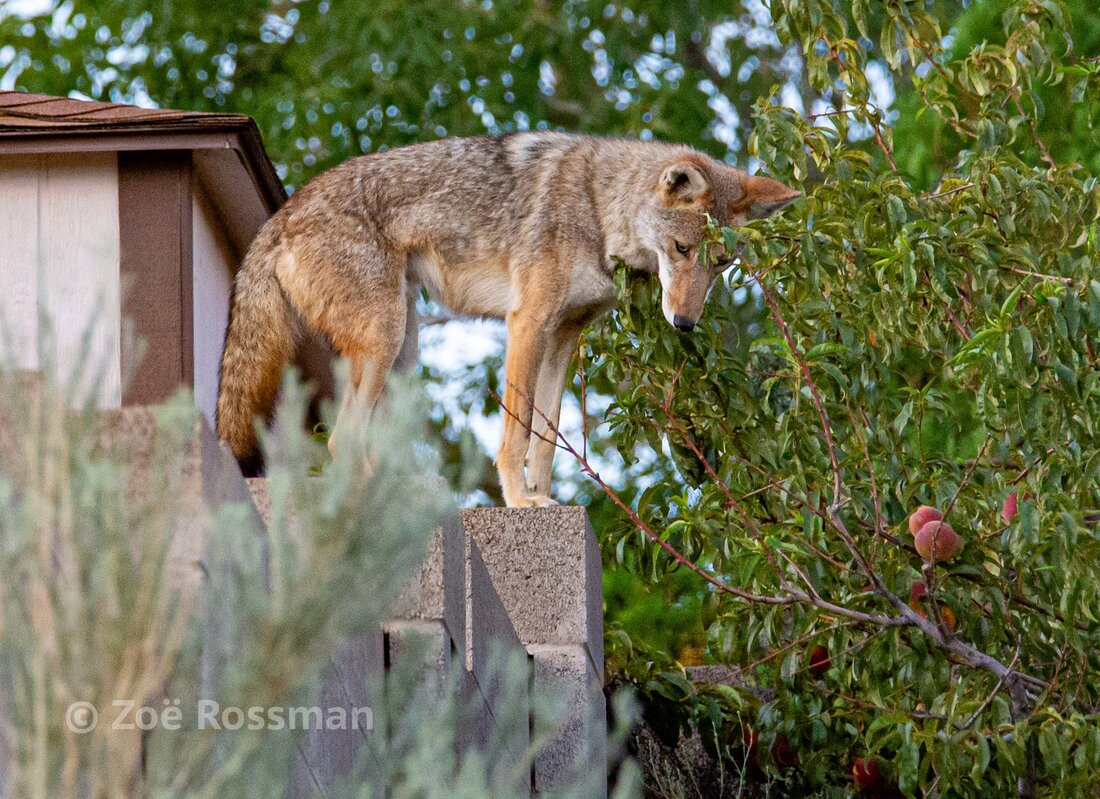Doctoral Research
How does inequity and injustice in cities influence wildlife ecology, biodiversity, and biodiversity sampling?
How does inequity and injustice in cities influence wildlife ecology, biodiversity, and biodiversity sampling?
Cities are heterogeneous, dynamic habitats that have cascading effects on wildlife that inhabit urban ecosystems. For my doctoral work at UC Berkeley, I'm interested in investigating the effects complex urban landscapes have on wildlife. ecology. Specifically, I'm working to understand how environmental injustice underpins landscape heterogeneity, how this heterogeneity shapes wildlife ecology, and how inequity limits our ability to understand urban biodiversity. Outside the core of my dissertation research, I am working on projects related to conservation, inequity and human-wildlife interactions.
Check back for projects as they develop!
|
Cities, Inequity, and Participatory Data
Participatory data is human-driven and much of the data reporting takes place within and adjacent to cities. With cities being strongly underpinned by social factors and participatory data being human-drive, room for biases opens up which can manifest spatially. For this project, I co-led a perspective article and case-study paper with Dr. Elizabeth Carlen discussing biases in this data. Carlen & Estien et al. (2024). A framework for contextualizing social-ecological bias in contributory science data. People and Nature (link) Estien, Carlen, & Schell. Examining the influence of sociodemographics, residential segregation, and historical redlining on eBird and iNaturalist data disparities in three US cities. In Revision |
Image taken from iNaturalist
|
|
Redlining, City Health, & Biodiversity
Urban areas are inherently both social and ecological and have been shaped by both historical policies and contemporary actions. For the first chapters of my dissertation, I am investigating how legacies of racist policies have shaped ecosystem health and biodiversity in across in California. Estien, Wilkinson, Morello-Frosch, & Schell. Historical redlining is associated with disparities in environmental quality across California. Environmental Science & Technology Letters. https://doi.org/10.1021/acs.estlett.3c00870. [PDF] Estien, Fidino, Wilkinson, Morello-Frosch, & Schell. Historical redlining is associated with disparities in wildlife biodiversity in four California cities. In Press at the Proceedings of the National Academy of Sciences. Preprint: https://doi.org/10.32942/X24K60 |
|
Urban Heterogeneity & Carnivore Behavior
Cities provide a model ecosystem to understand the impacts of social-ecological dynamics, with urban systems acting as a dynamic mosaic of pressures that can select for and maintain particular (mal)adaptive traits. For this project, I'm interested in how landscape heterogeneity shape where risk-prone behaviors in mesopredators emerge on landscapes. This work is currently in progress - stay tuned! |
Header image by Kitundu



